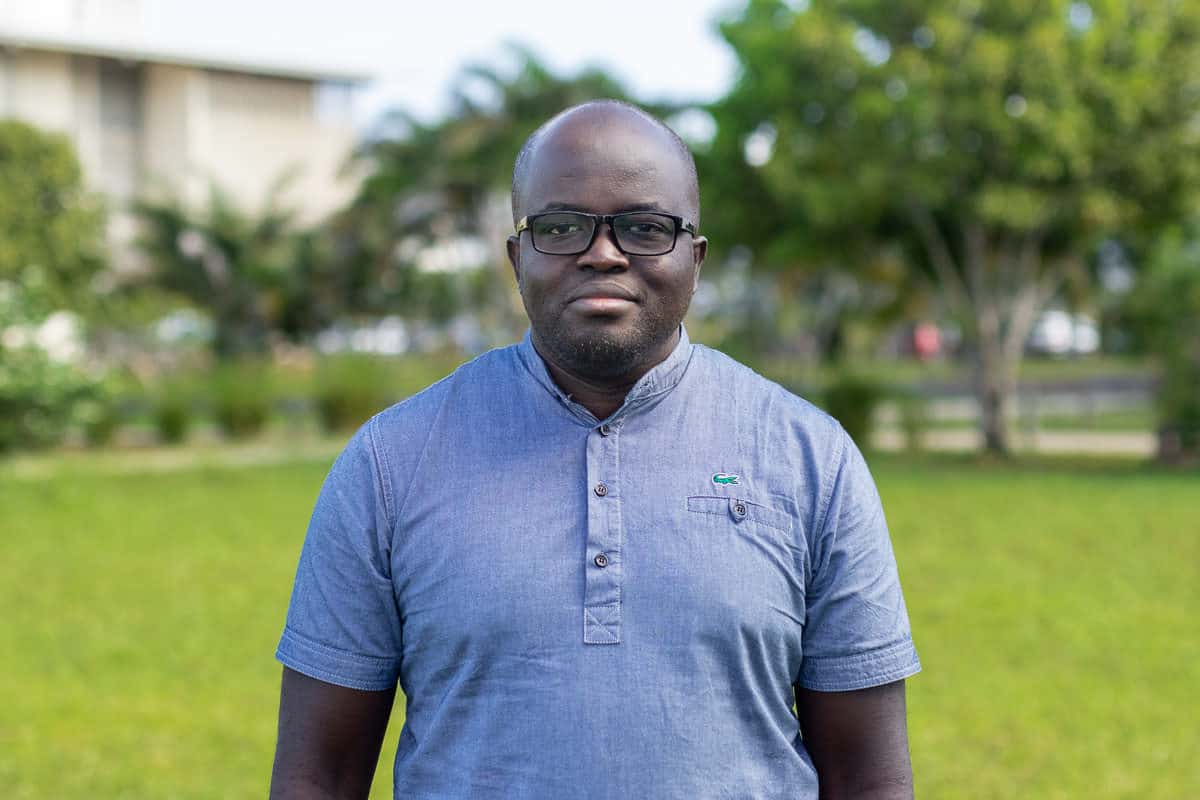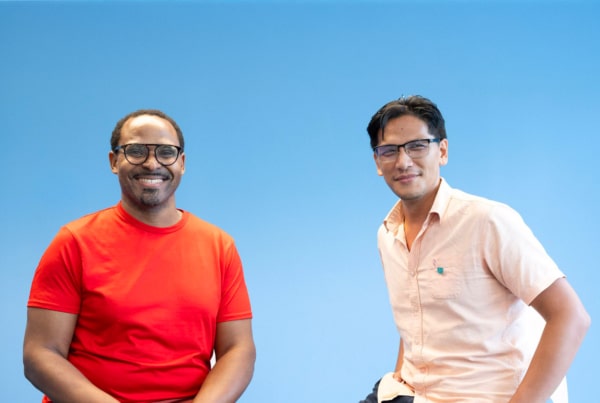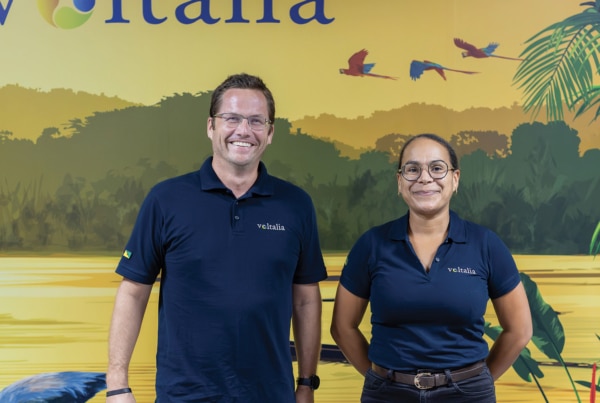
Meet Alassane, a doctoral student in computer science who is studying the modelling of environmental phenomena. He explains his research subject to us with great passion.
Please introduce yourself. What is your background as a student?
I am Alassane KONE, a doctoral student in computer science at the University of Guyana. I began my university career at the Mathematics and Computer Science Department of the University of Cocody-Abidjan, graduating with a master's degree. Then, in 2013, I joined the Ecole Nationale Supérieure des Arts et Métiers Paristech (ENSAM), where I obtained a Specialised Master's Degree in Quality, Health, Safety and Environmental Management, with an option in Industrial and Environmental Risk Management. In 2015, I obtained a Research Master's degree in Information Processing and Data Exploitation (TRIED), which is a course co-accredited by four university centres, namely: Conservatoire National des Arts et Métiers de Paris, Université de Versailles Saint-Quentin en Yvelines, Télécom Sud Paris and ENSIIE.
Why did you choose this voice?
After a career as a mathematics teacher, I decided to go back to school to specialise in modelling environmental phenomena. The aim of this study project was to provide me with a solid basis for later redirecting my professional career towards combating the environmental phenomena that threaten our society.
To achieve this objective, the first part of my study project consisted of following the courses of the Specialised Masters in Industrial and Environmental Risk Management and the second part consisted of mastering the tools of artificial intelligence, machine learning and statistics, commonly used for modelling in the environmental field.
Why did you choose this subject for your thesis?
The subject of my thesis is fully in line with my areas of specialisation, namely the modelling of environmental problems and modelling tools. It involves modelling desertification as a spatio-temporal system, i.e. a system that evolves in time and space, using tools that combine computer programming, machine learning and artificial intelligence. This thesis project is fully in line with the United Nations' ambitions to combat environmental phenomena. Indeed, desertification can be defined as a phenomenon derived from climatological, hydrological and socio-economic processes leading to potential threats to the environment, well-being and human life. It threatens more than 1.5 million people worldwide, affects a quarter of the land in less than 100 countries and spreads over half a billion hectares a year. Its impact is not just limited to a reduction in land and soil potential, but also to a depletion of surface and groundwater, as well as a deterioration in living conditions and the economic development of peoples. According to a report by the FAO (1993), the direct and visible impacts of desertification are damage to crops, livestock, electricity productivity, etc. The indirect impacts are inadequate food production, poverty, social upheaval and the exodus of people from rural areas to cities.
Tell us a little about your research? What does it involve? What are your objectives?
My research is divided into three basic stages, the first of which consists of modelling the elementary processes responsible for land degradation and leading to the irreversible process of desertification. The second stage involves combining remote sensing and machine learning tools to produce more detailed modelling. The third stage consists of setting up a prevention tool based on artificial intelligence tools. This tool will help to combat land degradation by monitoring areas at risk of desertification.
What are your plans for the future?
After the thesis, I plan to become a teacher-researcher and focus most of my work on the phenomenon of land degradation. Once the model has been developed during the thesis, I plan to do a post-doctorate on the same subject in a country where the process of desertification is a constant threat. This will enable me to refine the modelling I have done so that it is as close as possible to reality.
As part of this thesis project, I have already participated in an international conference in Italy in September 2018. For April 2019, a trip is being prepared to meet experts from the University of Perpignan specialising in desertification modelling.
Students are often afraid to talk about doing a thesis. What advice would you give to students who are hesitant or who think that it's out of their reach?
For me, a thesis is a personal project that you decide to carry out under the supervision of a more experienced researcher. To carry out a doctoral thesis, students must choose a subject in line with their interests and career plans.




